Author Biography | Interview | Books by this Author | Read-Alikes
Elizabeth Royte has written for The New York Times magazine, Harpers, National Geographic, The New York Times Book Review, The New Yorker, Outside, Smithsonian, and other national magazines. Her work is included in The Best American Science Writing 2004 (Ecco/HarperCollins), the environmental omnibus Naked (FourWallsEightWindows), and Outside magazine's Why Moths Hate Thomas Edison (W.W. Norton & Company). A former Alicia Patterson Foundation fellow, Royte is a frequent contributor to the New York Times Book Review, a contributing editor for OnEarth, and a correspondent for Outside magazine. She is the author of The Tapir's Morning Bath: Solving the Mysteries of the Tropical Rain Forest, a New York Times Notable Book of the Year for 2001; Garbage Land, and Bottlemania. Elizabeth Royte lives in Brooklyn with her husband and their daughter.
Elizabeth Royte's website
This bio was last updated on 03/26/2016. In a perfect world, we would like to keep all of BookBrowse's biographies up to date, but with many thousands of lives to keep track of it's simply impossible to do. So, if the date of this bio is not recent, you may wish to do an internet search for a more current source, such as the author's website or social media presence. If you are the author or publisher and would like us to update this biography, send the complete text and we will replace the old with the new.
Why write about garbage?
I’ve always wondered whether it was better, environmentally speaking, to
throw a used tissue in the toilet or in the trash. And like a lot of people, I
wondered where things went, and what became of them, after I threw them 'away.'
So I started keeping track of my trash, quantifying it—to learn exactly what I
was rejecting. Then I began traveling with my trash. As I learned how far my
garbage footprint spread, I tried my utmost to leave a smaller human stain. The
tissue, by the way, should go in the toilet. But don’t flush till you must!
What was the most surprising thing you learned while researching the book?
That municipal solid waste – the stuff that comes from you and me, plus the
stuff that comes from institutions and businesses – makes up only two percent of
the total U.S. waste stream. The remainder, some 12 billion tons a year, is
mostly nonhazardous industrial waste, plus mining, agricultural, and hazardous
waste.
What were some of the most difficult roadblocks to researching Garbage Land?
It was hard getting just about anyone to answer my phone calls, let alone show
me around their landfill. The waste world is insular, and it ...
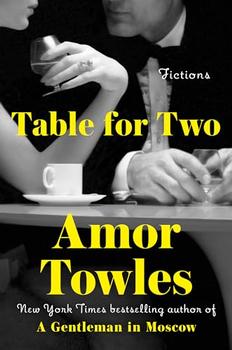
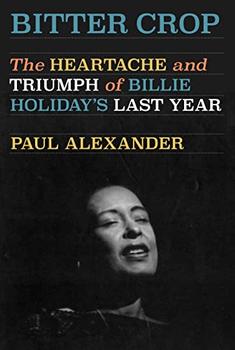
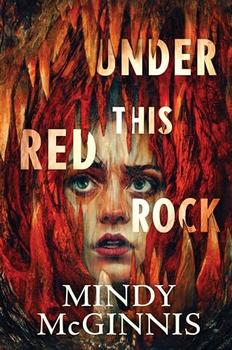
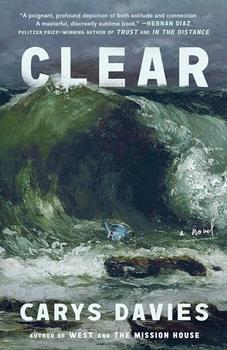
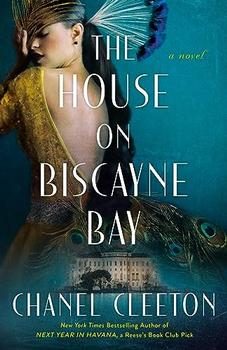
The House on Biscayne Bay
by Chanel Cleeton
As death stalks a gothic mansion in Miami, the lives of two women intertwine as the past and present collide.
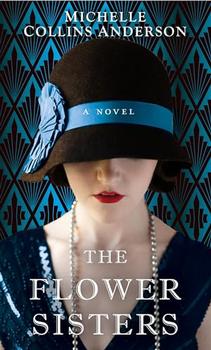
The Flower Sisters
by Michelle Collins Anderson
From the new Fannie Flagg of the Ozarks, a richly-woven story of family, forgiveness, and reinvention.
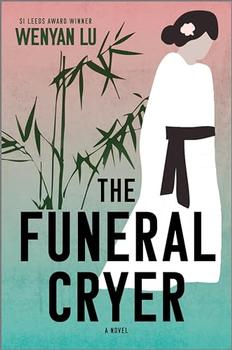
The Funeral Cryer by Wenyan Lu
Debut novelist Wenyan Lu brings us this witty yet profound story about one woman's midlife reawakening in contemporary rural China.
Your guide toexceptional books
BookBrowse seeks out and recommends the best in contemporary fiction and nonfiction—books that not only engage and entertain but also deepen our understanding of ourselves and the world around us.